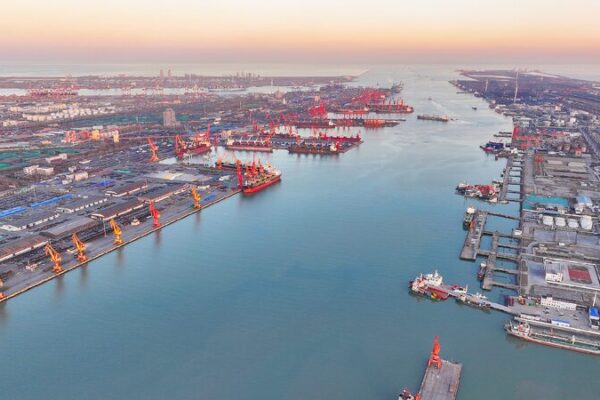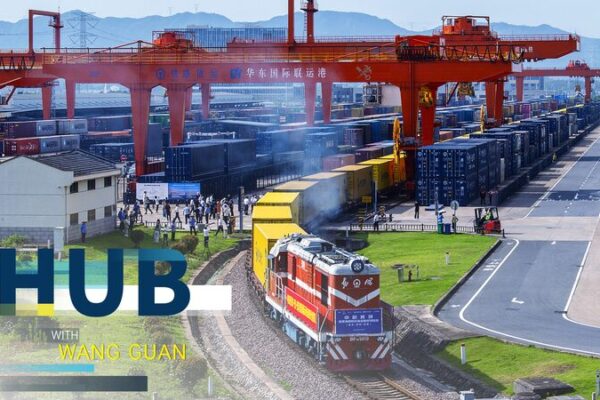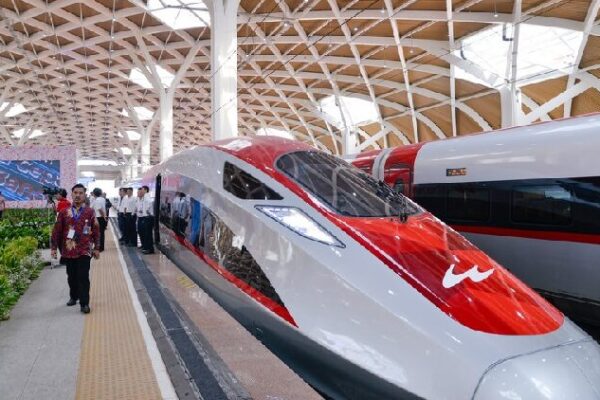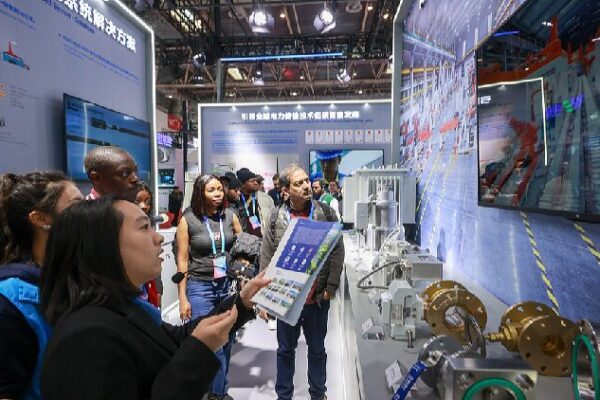Over a decade since its inception, the Belt and Road Initiative (BRI) has evolved into a global platform that transcends borders, bridges cultures, and integrates diverse development needs. While large-scale infrastructure projects have often taken the spotlight, small and medium-sized enterprises (SMEs) are emerging as vital players in the BRI’s next phase, poised to drive high-quality development and foster global cooperation.
Challenges Facing SMEs in the BRI
Despite their potential, SMEs encounter numerous obstacles when engaging with the BRI. One significant challenge is the difficulty in identifying political, economic, social, and environmental risks in target countries. Unfamiliarity with local industry policies, legal frameworks, and cultural customs can lead to increased compliance costs and uncertainties.
Additionally, many SMEs lack international management experience and often find themselves at the lower end of the global value chain. Without strong brands or international sales channels, they struggle against competition from large transnational corporations. Limited access to financing further hampers their ability to “go global,” as securing funds in international markets remains a daunting task.
Furthermore, the BRI’s focus on large-scale infrastructure and resource projects, which require substantial investments and have long cycles, doesn’t align with the typical strengths of SMEs. Information gaps and insufficient policy understanding also contribute to their challenges in international expansion.
Opportunities in the Next “Golden Decade”
Despite these hurdles, the upcoming “golden decade” of the BRI presents abundant opportunities for SMEs. Many BRI countries are developing nations undergoing economic transformation, creating a fertile ground for SMEs to contribute and thrive. “Small-scale yet impactful” projects, particularly those improving livelihoods, hold vast market potential.
SMEs are known for their flexibility, innovation, and ability to adapt quickly to market changes. Their expertise in small-batch manufacturing, multifunctional machinery, labor-intensive production, and utilization of local materials aligns well with the needs of BRI countries. This synergy allows SMEs to offer diverse products and services that meet evolving technological and demand trends in international markets.
While large infrastructure projects may not be their forte, SMEs can benefit from the trickle-down effect of these initiatives. By specializing in niche areas, engaging in service outsourcing, and adopting make-to-order strategies, SMEs can establish collaborative and mutually beneficial partnerships with larger corporations. This collaborative approach opens pathways for SMEs to integrate into international markets.
Strategies for SMEs to Seize Opportunities
For SMEs to fully capitalize on the BRI’s opportunities, several strategic measures are essential:
- Establish Overseas Service Systems: Supporting the development of overseas industrial zones and parks can help SMEs pool resources, mitigate risks, and better utilize global markets.
- Policy Support for Impactful Projects: Promoting top-level design and offering policy support for “small-scale yet impactful” projects can help SMEs refine their niche offerings, enhance brand awareness, and develop international channels, moving beyond the role of original equipment manufacturers (OEMs).
- Collaborative Development: Valuing partnerships with central state-owned enterprises and large transnational corporations can enable SMEs to achieve greater economies of scale. By adopting a “follow-the-leader” strategy in investment decisions, SMEs can reduce risks and steadily enter the global market.
- Embrace New Business Models: The rise of cross-border e-commerce, digital trade, and service trade under the BRI lowers the cost and risk of international expansion, providing SMEs with new avenues for growth.
Conclusion
As the BRI enters its next phase, SMEs stand at the threshold of unprecedented opportunities. By overcoming challenges and strategically positioning themselves, these enterprises can play a pivotal role in advancing global economic growth and fostering international cooperation. The next “golden decade” could well be the era where SMEs shine brightest on the global stage.
Reference(s):
Role and opportunities for SMEs under Belt and Road Initiative
cgtn.com








